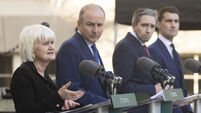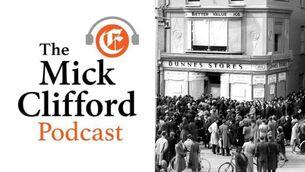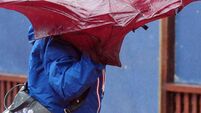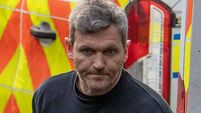Thomas Kent’s death must be central to 1916 commemorations

The human remains found in Cork prison this week have brought to the public’s attention, a man who has largely lingered in the shadows of history. They are thought to be those of Thomas Kent, an Irish Volunteer who was executed by British forces in Cork following the Easter Rising in 1916.
Kent is often overlooked for some of the more prestigious names, such as Pearse, Connolly, Plunkett and McDonogh, in discussions of those executed after the Rising. But Kent’s execution shows the scale of the Rising as a national event that was not just confined to Dublin.
















